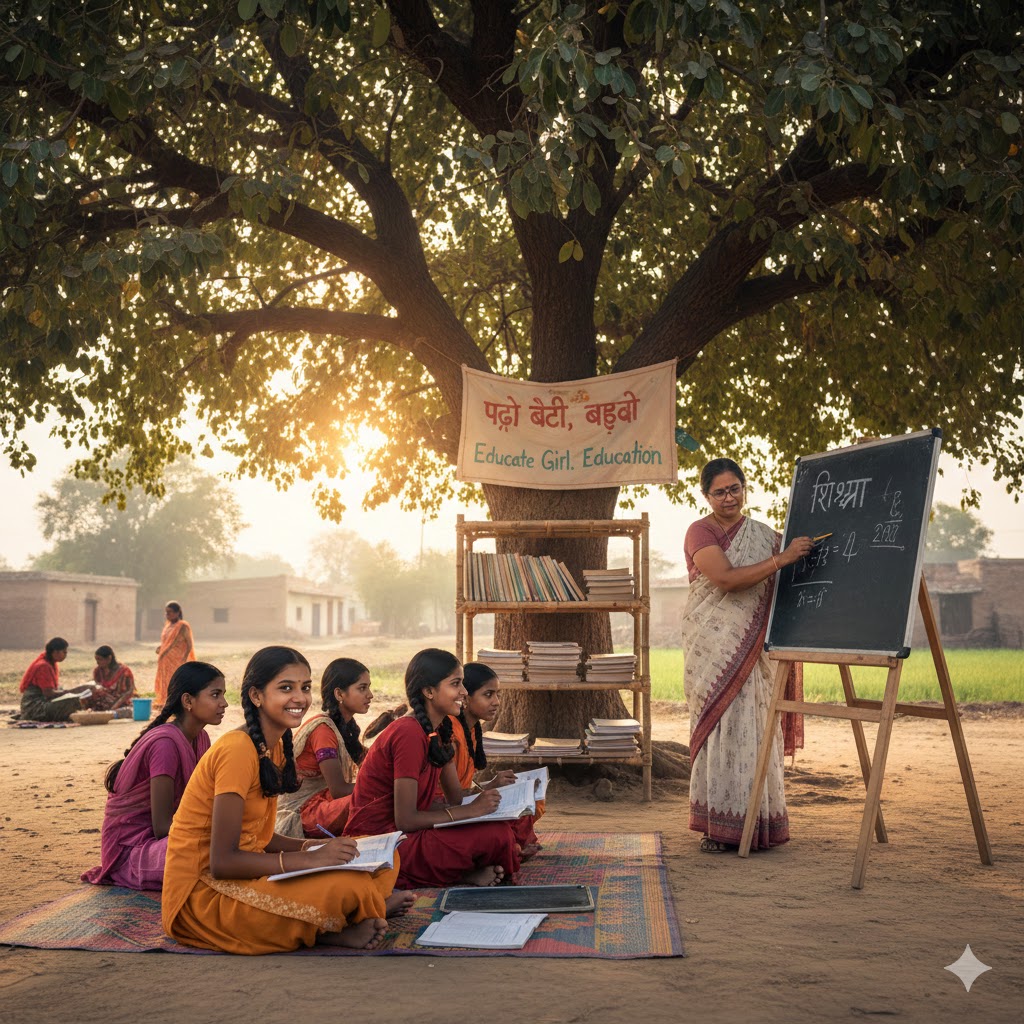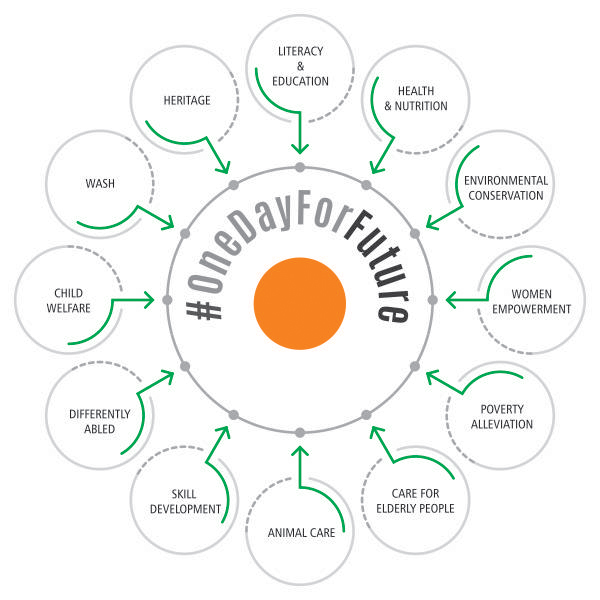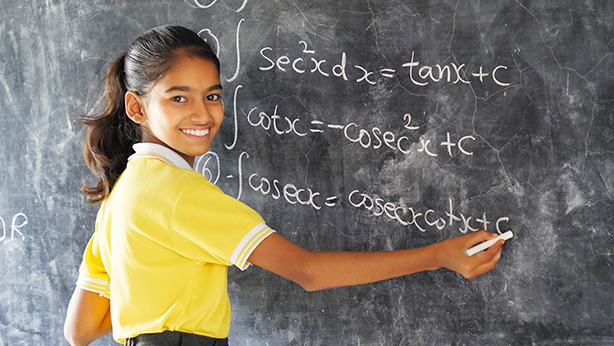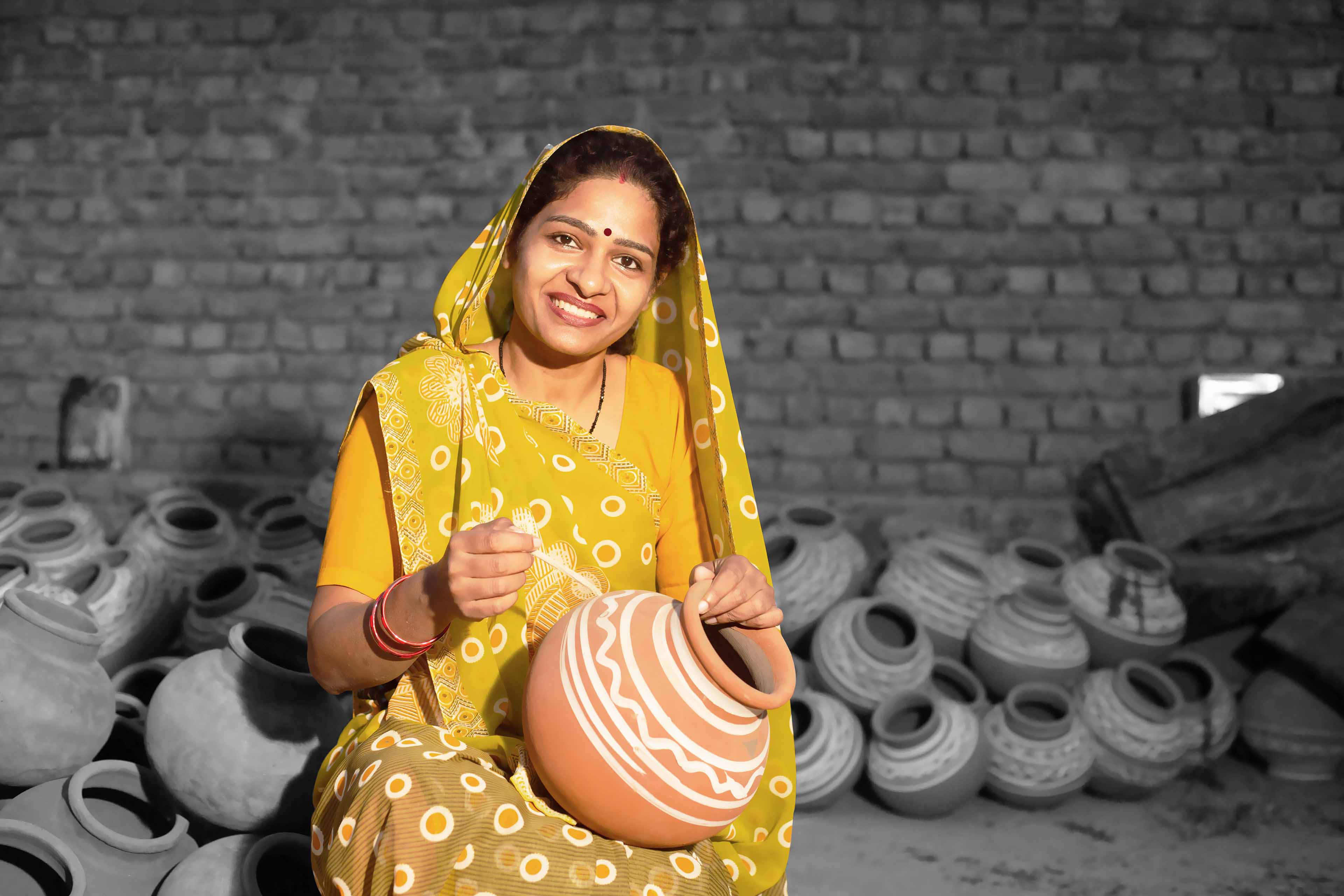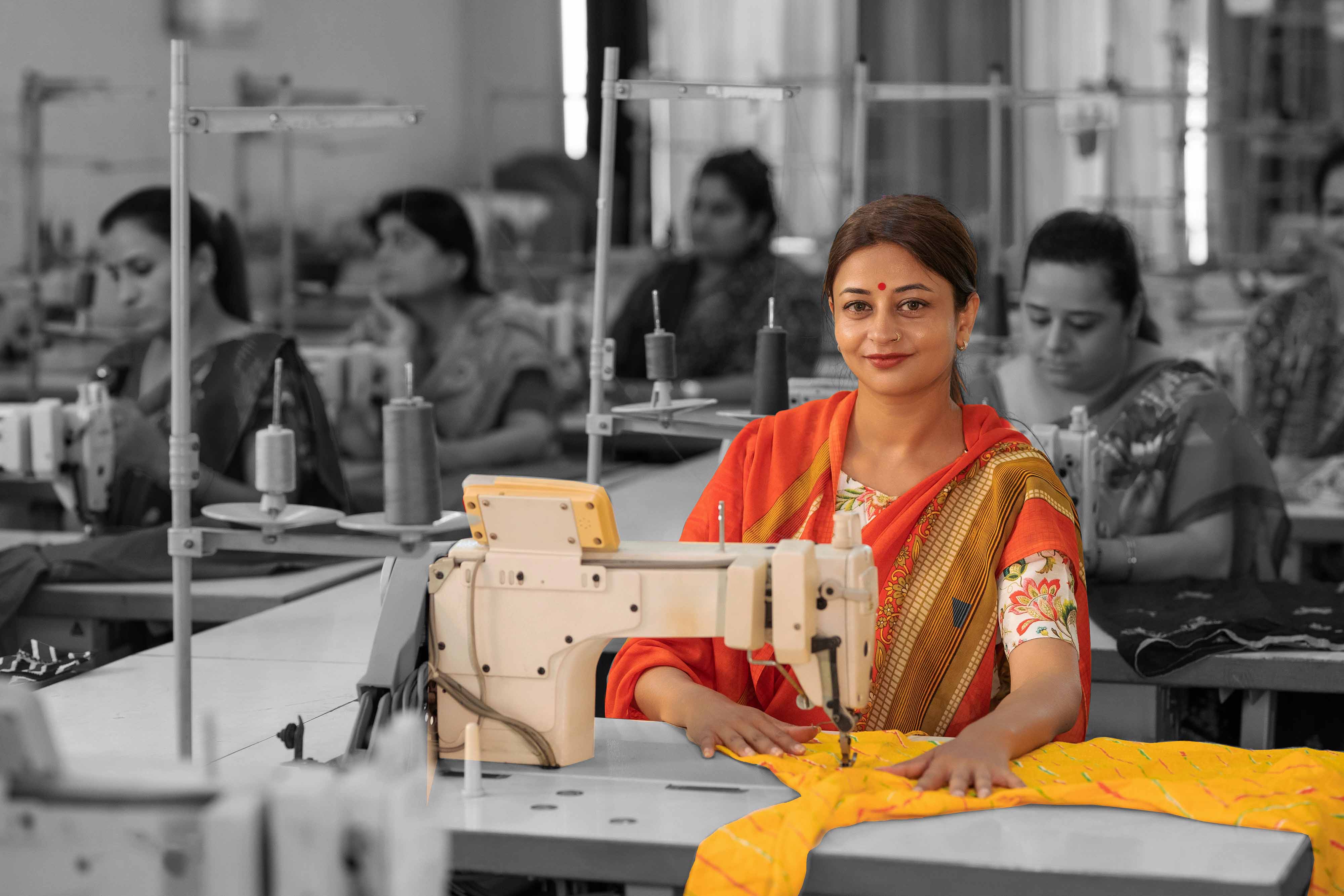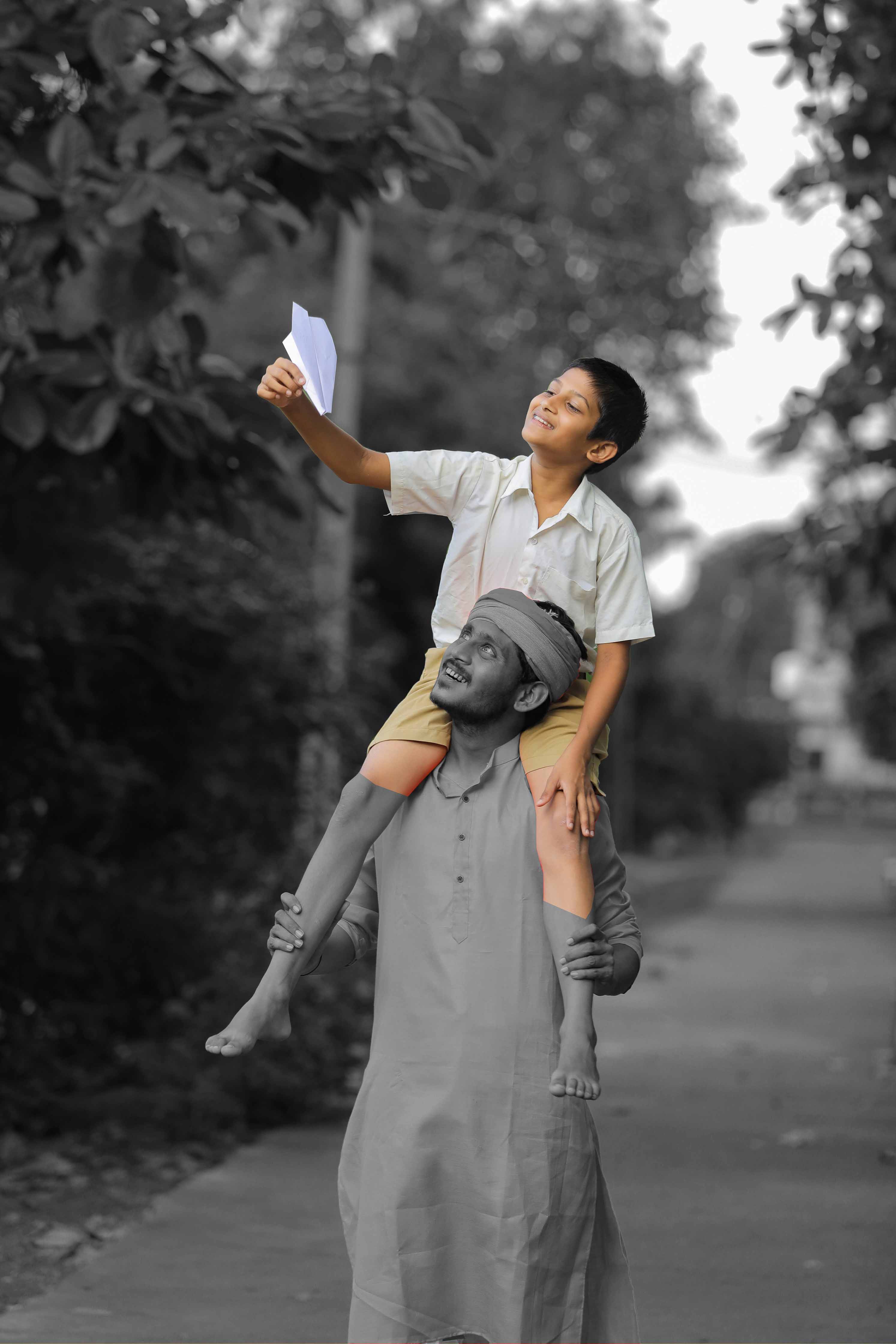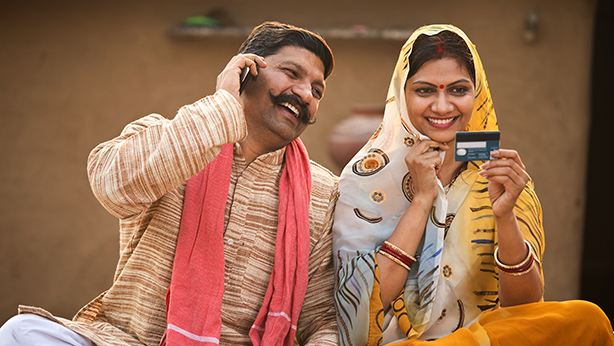Use your power to make a difference by joining our Let's Do Good initiative.
How to Stop Child Labour in India and Worldwide
Thursday , 30 October 2025- 5 min. read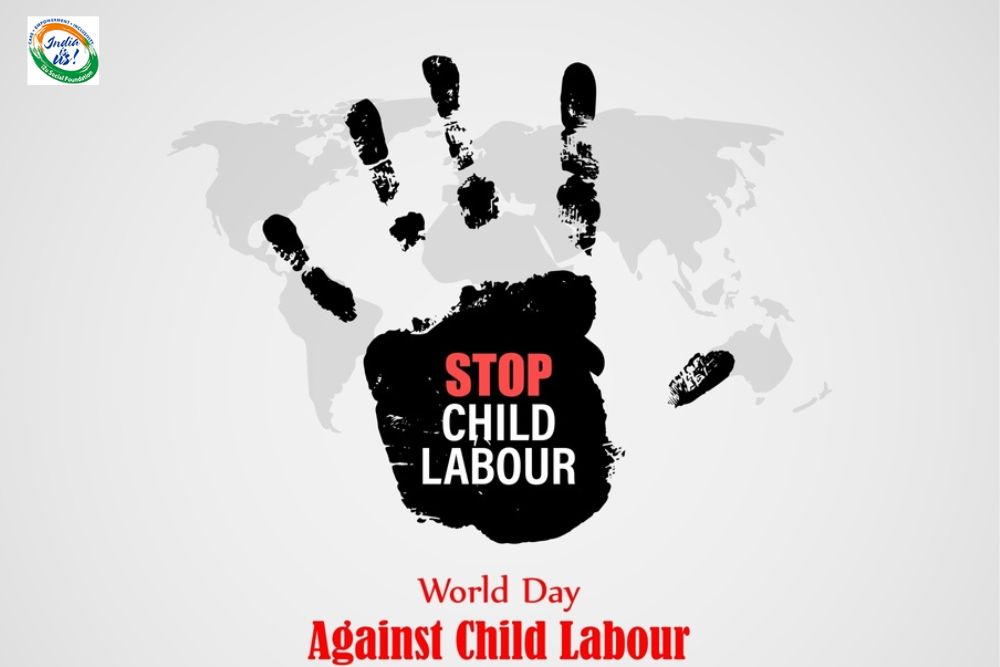
Donate for Child Labour
Envision a morning in rural India. The sun rises above green fields, yet rather than children heading to school, a significant portion are heading to brick kilns, factories, roadside stalls, or slightly further, to the fields of a local farmer. Children do not appear to be playing or learning instead of working.
This is not an "India" problem only. This is happening in Asia and Africa, Latin America, and developed countries, albeit not being publicized.
Child labour - the act of having one's children work for monetary compensation (sometimes at the expense of their education and well-being) - is still impacting over 160 million children across the globe (as per the International Labour Organization). That's 1 out of every 10 children around the globe.
So, how do we eliminate child labour? There is no magic switch. However, there are tangible and feasible solutions. So, let's talk about what the factors are causing child labour, the impact child labour has on societies, and what we can do to stop it, in India and around the globe.
Understanding Child Labour in India
In India, child labour has existed for centuries. It flourishes because of poverty, limited access to formal education, social inequality, and the inability of the state to enforce existing laws. Millions of children below the age of 14 years old work across the informal economy in occupations such as carpet weaving, mining, street vending, agriculture, construction and domestic work.
Child labour is not always apparent. It may look like "helping one's parents" or a child "learning a trade," but then realisation strikes that a child has not attended school for months. In the urban slum, for example, children can be seen collecting scrap materials, washing dishes in roadside dhabas, or selling small items in moving traffic.
The irony is that India does have some strong laws against child labour working child labour including the Child Labour (Prohibition and Regulation) Amendment Act, 2016, which prohibits the employment of children under 14 years of age in all occupations except family businesses and school holidays. Nonetheless, enforcement is patchy, and an added complexity faces India through the dynamics of documentation and monitoring in some of its poorer states.
The Real Causes Behind Child Labour
If you look back at every instance of child labour, it typically comes back to a web of causes rather than a single cause.
The number one cause is poverty. Families that can barely survive will see their kids as a pair of extra hands to bring in an income.
The absence of good quality education and access to schools also means that many kids have no better option.
Social norms and community customs may make child work more acceptable in general, especially in rural areas where generations and families have done this.
Weak law enforcement allows employers to take advantage of cheap labour without fear of punishment.
Migration and urbanization of families cause them to seek and take work where they can find it. Often, impoverished families will seek informal economies, which often include child labour.
These issues can be built upon one another and feed into each other, as well. If the parents remain uneducated, they cannot actually see the long-term value of education for their children. If the community as a whole thinks child labour is perfectly okay, then it will keep happening.
The Impact: What Occurs When a Childhood Is Broken
The impact of child labour extends far beyond child lost childhoods. The effect is enduring and multifaceted.
- Academic Loss - Children who are coerced into work instead of attending school will subsequently occupy low-skilled occupations as adults and perpetuate the cycle of poverty.
- Physical Harm - Many occupations, from construction to manufacturing, are hazardous and can cause injury or exposure to dangerous materials.
- Emotional Trauma and Mental Injury — Children who work long hours often live in neglect, have suffered abuse or exploitation and live with fear and uncertainty, resulting in mental scars.
- Economic Harm — Societies that use child labour lose productive capacity and skilled workers, while child labour suppresses the wages of adults.
- Social inequality – Communities that tolerate child labour have weakened social infrastructure, poorer health, and lower literacy rates.
Eradicating child labour is one of the most powerful places to start addressing cycles of poverty, if we are serious about combating poverty.
Child Labour Solutions - What Actually Works
What can be done? The good news is that a combination of government policies, civil engagement and community action has already been effective in many places. Let’s begin to unwrap some concrete, tested options.
1. Expand Access to Education
Education is the best and only solution to child labour. When education is available, accessible, affordable and desirable, in almost all instances, child labour decreases significantly.
The government should provide free, compulsory education until at least age 14, with a commitment to tracking attendance as a realistic priority.
Mid-day meal programs and scholarships can show families that schooling can be valuable and practical.
Having local mentoring programs can help keep at-risk children in the education system.
2. Develop Employment and Social Safety for Families
If parents do enough work to sustain their families, children won’t have to work. Micro-finance programs, rural employment works like MGNREGA in India and women’s self-help groups improve family income and ultimately eliminate dependence on child labour.
3. Greater Enforcement of Laws
Having laws on the books is meaningless if they are not clear and enforced with public awareness.
Labour inspections on child labour should be properly funded and inspected and attend to enforcement.
People should easily have the option to report.
Foul contracts that operated under child labour conditions should receive harsh consequences, including license suspension.
4. Support NGOs and Grassroots Movements
Prior to the pandemic, there were already many NGOs doing the work on the ground to stop child labour in India. Organizations like Bachpan Bachao Andolan or CRY or Save the Children rescue children from hazardous work, provide education to them and their families, and support their rehabilitation.
You can also support these efforts by donating, collaborating or volunteering to help their cause.
5. Encourage Businesses to be Responsible
Responsible policy-making means businesses need to be responsible for the ethics of their supply chain. This includes auditing against their own suppliers, ensuring their labour on eventual contractors does not use child labour, and being transparent on the sources of materials they purchase. Consumer awareness is also needed to help pressure businesses to account for child labour.
6. Change Mindsets
Ultimately, laws will not matter if there is no change in mindsets. It is critical that communities engage in open discussions around child labour and why this is harmful. Local village councils and religious leaders and other local influencers are usually the best sources for good discussions. If a community agrees collectively that every child should be studying, enforcement happens at a more natural level.
Ending child labour globally is everyone's responsibility
Many of the same issues at play in India also hold true in other places – poverty, conflict, discrimination and weak governance. In Africa and Latin America, children are working in mining or agriculture in far more extreme situations without regard for their safety or well-being. In Southeast Asia, children are working in production factories or domestic service.
A few larger-scale actions can be taken to eradicate child labour from the world:
- Global trade accountability: Countries with more wealth should hold their corporations and suppliers accountable to ensure they meet global fair labour standards.
- Educational collaboration: UNESCO, UNICEF, and Ministries of Education around the world could help to promote the growth of digital education and reach families in remote places.
- Funding rural economies: International funding that reaches small local farmers, artisans and women creates a stronger economy and stability, taking the risk of reliance on child labour away.
- Conflict resolution and migration support: Many refugee crises lead to children working and humanitarian aid must include safe protection and schooling for displaced children.
When a nation confronts and deals with child labour, it does so for its future working population. When several nations stand together, humanity is lifted throughout the world.
What Makes Some Campaigns Work
The Stop Child Labour campaign works when it works at both the micro and macro levels. The best campaigns are those that:
- Engage community members, not solely outside activists.
- Utilise the students they rescue, use their voice, it’s faster than results.
- Connect inclusion with education — demonstrate how education has changed the outcome for the family.
- Relate campaigns to personal stories, not guilt trips.
The best campaigns work because they do not shame families; they work to empower them. Campaigns focus on resolving an issue, not just their findings.
Stopping Child Labour: Everyone Has a Role
- Global trade accountability: Rich countries need to apply pressure to businesses and their suppliers to adhere to fair labour standards.
- Educational partnerships: UN agencies such as UNESCO and UNICEF, along with local ministries, should collaborate in order to increase opportunities related to digital and community education for underdeveloped populations.
- Investment in rural economies: Investment from the international community targeting small farmers, artisans, and women will stabilize local economies and lead to a reduced reliance on child labour.
- Conflict resolution and migration assistance: Refugee crises often push children into productive labour. Therefore, the humanitarian community must consider displaced children as part of the plan to assist, providing them with protection and education.
When children work, it robs them of their youth and potential future workforce for the country. Conversely, when countries work together to address child labour, they ultimately raise the humanity of global society.
What is Effective in Campaign Work to Address Child Labour
A Stop Child Labour campaign is successful in its goal of addressing child labour when it is aimed at the micro and macro levels. From the author's research on effective campaigns, it appears that the best campaigns do all of the following:
- They include community member participation, rather than just outside activists.
- They include rescued children as advocates for their former lives; their voices have the opportunity to reach the hearts of parents and communities faster than statistics.
- They tie education to opportunity — helping families visualize how education changes outcomes in their lives.
- They promote storytelling over guilt trips.
The best campaigns do not shame parents, families, and their communities; they empower them. They tell success stories and focus on opportunities — not just the statistics.
Closing Thought
Childhood is not a privilege — it is a right. No child should have to sacrifice his or her years of learning for daily wages. Stopping child labour isn't about charity — it's about justice, empathy, and recognising that we cannot build a sustainable future if it is built on the tragedy of stolen childhoods.
India can show the world it is possible, through fundamentally stronger laws and through an obligation to community consciousness, that no economy should be built upon the talents of children who have been robbed of their childhood.
Ending child labour, in India and everywhere, is not just possible — it is necessary. This is how we create a fairer, safer, and more humane world for those coming after us.

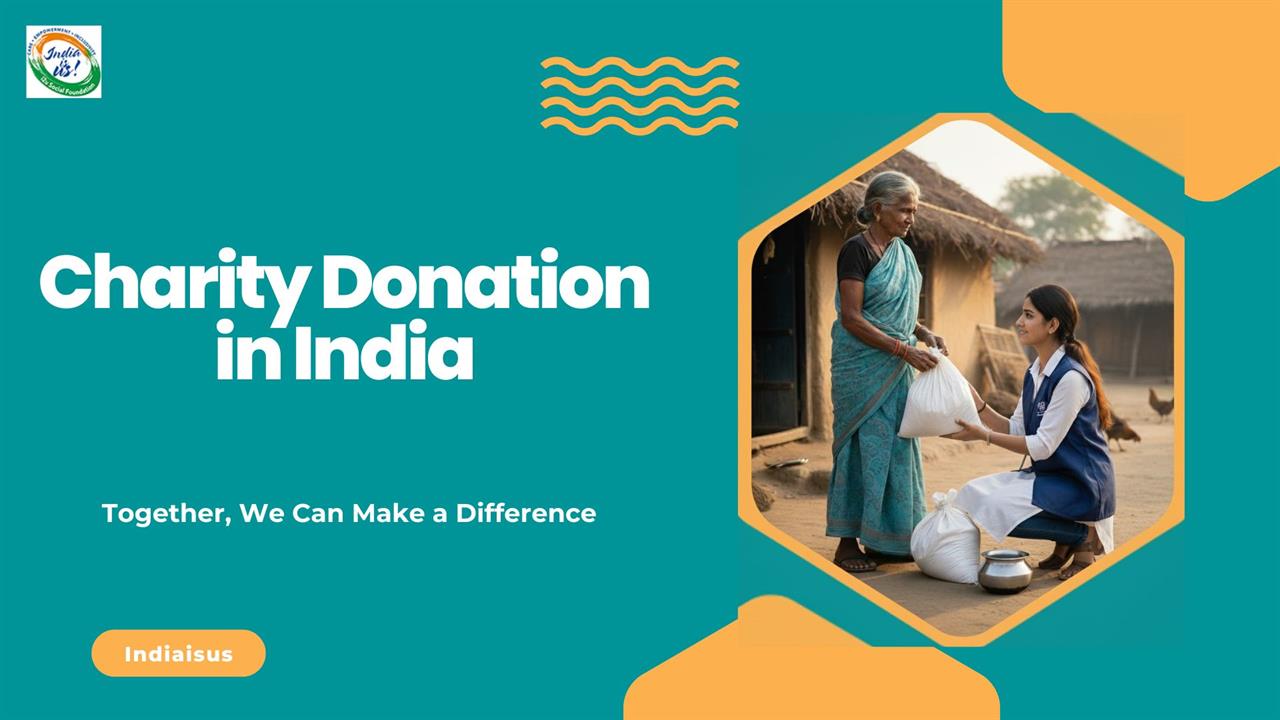

.jpeg)

